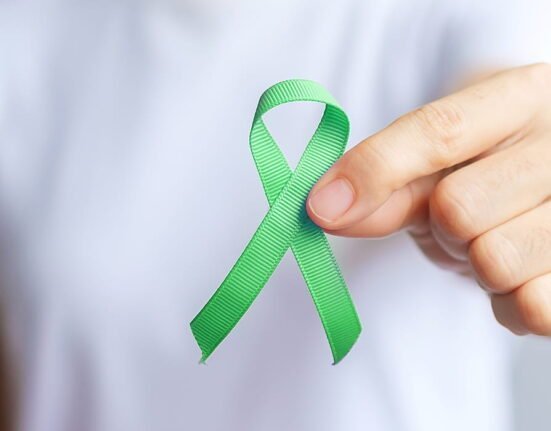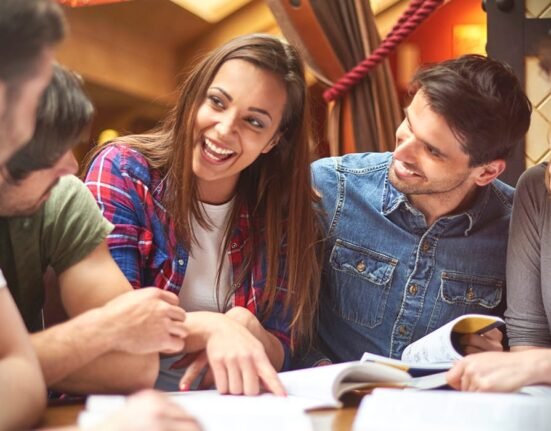Learning isn’t always neat. Sometimes it’s messy, full of trial and error, self-doubt, excitement, and discovery. Whether figuring out how to bake a cake, dealing with a challenge at work, or learning from a life event, we’re constantly absorbing, adjusting, and evolving. One framework that explains this beautifully is David A. Kolb’s Experiential Learning Theory, best known as Kolb’s Learning Cycle.
This cycle breaks learning down into four stages that show how we interact with and grow from our experiences. What makes this model so helpful is how relatable and flexible it is. No matter your age, profession, or background, Kolb’s cycle highlights one simple truth: we learn best when we do something, think about it, understand what it means, and then try again with what we’ve learned.
What Is Experiential Learning?
Before getting into the cycle itself, let’s understand what Kolb means by “experiential learning.” It’s learning that happens through real experiences—not just through reading or listening, but by engaging with a situation directly. It’s about noticing how we feel during an experience, what worked, what didn’t, and what we can do differently next time.
Think about learning to ride a bicycle. Reading a manual might help a little. Watching a video could give you a few tips. But the real learning starts when you get on the bike. You wobble, maybe fall a few times, make adjustments, and then suddenly—you’re riding. That’s experiential learning in action: a hands-on, body-and-mind learning journey.
The Four Stages of Kolb’s Learning Cycle

Kolb’s model breaks this learning process into four parts. You don’t always start at the same place, and it’s not a strict order. But going through all four stages helps you learn in a complete, lasting way.
1. Concrete Experience (CE): Doing Something for the First Time
This stage is all about doing. You step into a new experience or take on a fresh challenge. There’s no analysis yet—just immersion in the moment. For example, trying to fix a leaky tap without prior experience, joining a new team meeting, starting a personal project, watching a live experiment in class, playing a sport you’ve never tried, etc. The point here is to gather a real, unfiltered experience that becomes the basis for learning.
2. Reflective Observation (RO): Thinking About What Happened
After the experience, it’s time to pause and reflect. This is where you ask yourself: What just happened? You think about what went well, what didn’t, how you felt, and what you could have done differently. For Example, thinking about why the tap still leaks, remembering how the group discussion went, reviewing why your project was delayed, wondering why your experiment didn’t succeed, replaying a game in your head and spotting mistakes, etc. This stage is about being curious, not judgmental. Reflection helps turn moments into meaning.
3. Abstract Conceptualisation (AC): Making Sense of It All
Now you step back and try to understand your experience. You analyse what happened and look for patterns or lessons. You start forming ideas, concepts, or strategies you can use in the future. For Example, realising common steps in plumbing, spotting what made a discussion productive, creating a checklist for smoother project execution, finding a scientific explanation for your lab result, noticing what coaching methods improved your game, etc. Here, you take your raw experiences and start shaping them into knowledge.
4. Active Experimentation (AE): Trying Again with New Ideas
With insights in hand, it’s time to act again—but smarter this time. You apply what you’ve learned to a new situation. This is where growth becomes visible. For Example, fixing another tap using your new method, leading a team discussion with better communication, managing your next project with more planning, running a follow-up experiment based on your findings, practising a new move during training, etc. This final stage also marks the beginning of a new cycle—your next experience leads to more learning.
It’s a Circle, Not a Straight Path
Kolb’s Learning Cycle isn’t something you go through just once. It keeps looping. Each time you go around, your learning gets deeper, and your confidence grows. Also, not everyone learns the same way. Some people like jumping in and doing first. Others prefer to sit back and reflect before taking action. Kolb understood this and outlined four different learning styles based on how people move through the cycle.
Kolb’s Four Learning Styles
- Diverging (CE + RO): These learners like to look at situations from different angles. They’re imaginative, good at brainstorming, and enjoy group discussions.
- Assimilating (RO + AC): They’re more logical and prefer working with ideas and concepts. They enjoy structure and clarity and often like learning through reading and reflection.
- Converging (AC + AE): These are problem-solvers who like to apply ideas in practical ways. They do well in technical tasks or hands-on projects.
- Accommodating (CE + AE): These learners are doers. They learn best through action and experimentation. They’re spontaneous, intuitive, and good at adapting quickly.
Knowing your learning style – or someone else’s – can help make learning more engaging and effective.
Where You’ll See Kolb’s Model in Real Life
Kolb’s cycle isn’t just an academic idea. It shows up in everyday life – in schools, offices, coaching, and personal growth.
- In Education: Teachers can create lessons that go beyond just lectures, using hands-on activities, group discussions, reflection journals, and real-world projects.
- At Work: Training programs can use the cycle to help employees practice new skills, get feedback, and grow over time.
- In Mentoring: Coaches and mentors can guide people through their learning experiences and help them plan their next steps.
- In Daily Life: Whether you’re trying to pick up a new hobby, improve a relationship, or understand yourself better, Kolb’s model gives you a clear, thoughtful approach.
But It’s Not Perfect
No theory is without flaws. Some say Kolb’s model oversimplifies the way people learn or ignores cultural and social influences. Others believe the idea of fixed learning styles can be too limiting. These are fair points. Real-life learning isn’t always as smooth or structured as a cycle. It can be chaotic, emotional, and shaped by many outside factors. Still, Kolb’s model offers a helpful, flexible way to think about how we grow from our experiences.
In the End: Learning That Lasts
Kolb’s Learning Cycle reminds us that real learning isn’t just about memorising facts—it’s about doing, feeling, thinking, and applying. When we engage with each of these stages, we learn more deeply and in ways that stick with us. Whether you’re a teacher, student, manager, or just someone trying to grow, Kolb’s model gives you a practical way to turn everyday moments into meaningful learning. And in a world where change is constant, that kind of learning matters more than ever.
FAQs
1. What is Kolb’s Learning Cycle?
Kolb’s Learning Cycle is a four-stage model explaining how we learn from experience. It involves doing (Concrete Experience), reflecting (Reflective Observation), making sense of it (Abstract Conceptualisation), and trying again with new insights (Active Experimentation).
2. Is the Cycle always linear?
No, the cycle is not strictly linear. While ideally, you move through all four stages for deep learning, you can jump in at any point depending on the situation and your learning preferences.
3. What are Kolb’s four learning styles?
Kolb identified four learning styles: Diverging (creative, big picture), Assimilating (logical, theoretical), Converging (practical, problem-solving), and Accommodating (hands-on, adaptable). Each prefers different stages of the cycle.
4. How can Kolb’s cycle be used in daily life?
You can use it for personal growth, skill development, or problem-solving. For example, when trying something new, reflect on it, understand the underlying principles, and then try again with improved knowledge.
5. What is the main benefit of understanding Kolb’s cycle?
Understanding the cycle helps you learn more effectively by making your experiences more meaningful. It encourages active engagement, thoughtful reflection, and practical application, leading to deeper and more lasting learning.
References +
- Simply Psychology. (2025, March 19). Kolb’s Learning Styles and Experiential Learning cycle. https://www.simplypsychology.org/learning-kolb.html?hl=en-GB
- Dave, S. (2023, July 29). What is the experiential learning theory of David Kolb? Practera. https://practera.com/what-is-the-experiential-learning-theory-of-david-kolb/?hl=en-GB
- Fig. 1 Kolb’s experiential learning cycle. (Source: Kolb et al., 1984). (n.d.). ResearchGate. https://www.researchgate.net/figure/Kolbs-experiential-learning-cycle-Source-Kolb-et-al-1984_fig1_354152236?hl=en-GB
- https://www.hee.nhs.uk/sites/default/files/documents/Kolb%20learning%20cycle.pdf?hl=en-G B
- Kolb’s Four Stages of Learning – Center for Instructional Technology and Training – University of Florida. (n.d.). https://citt.ufl.edu/resources/the-learning-process/types-of-learners/kolbs-four-stages-of-learning/?hl=en-GB













Leave feedback about this